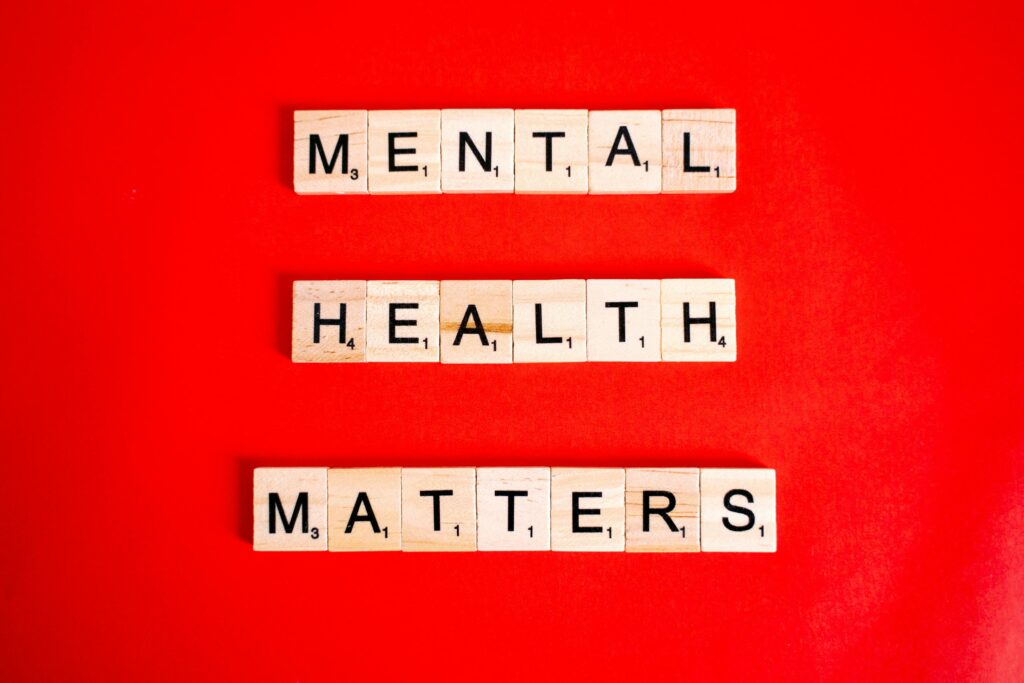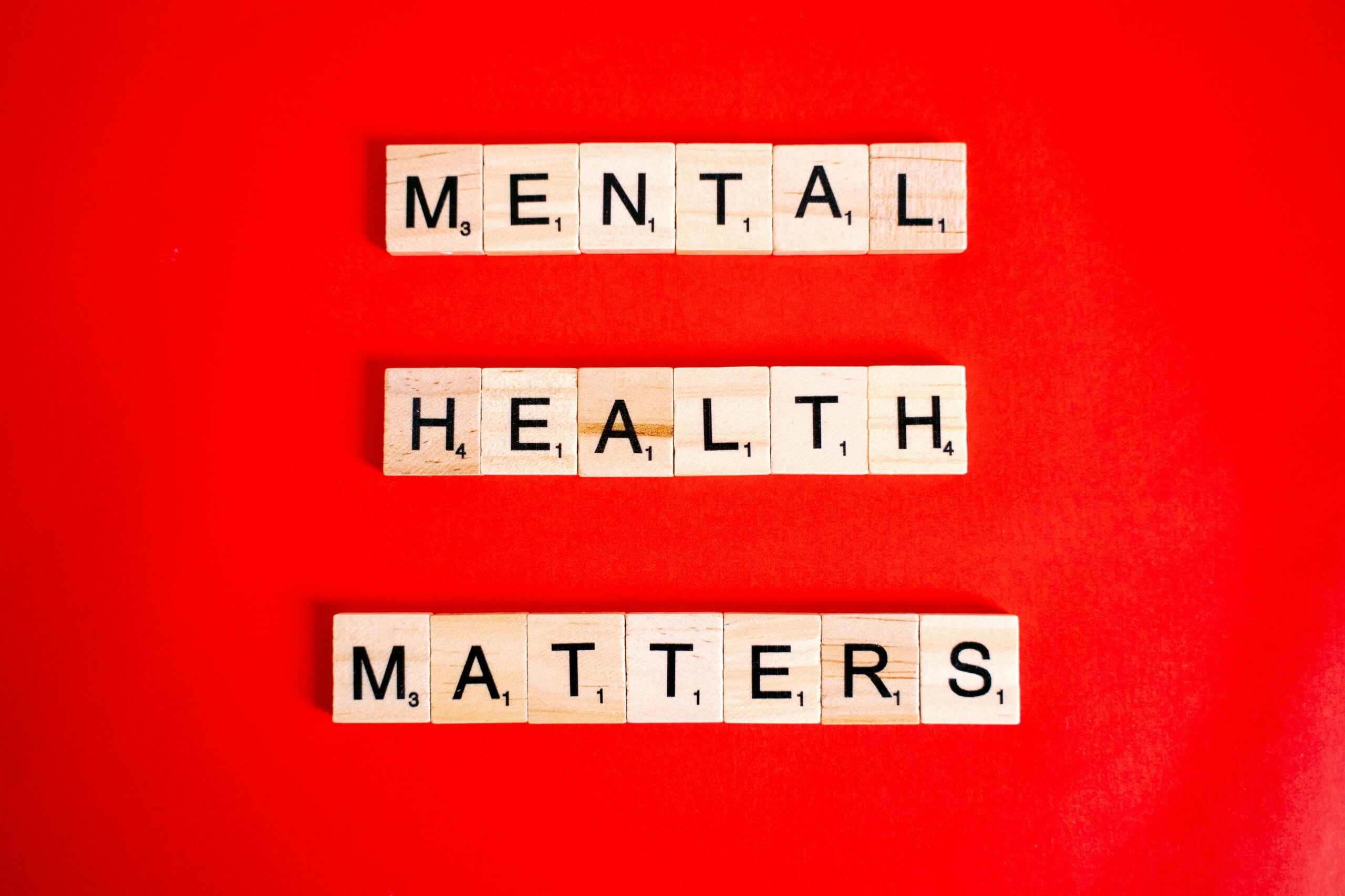
Mental health is a crucial, however, often overlooked element of our overall well-being. It encompasses our emotional, psychological, and social well-being, influencing how we think, feel, act, manage stress, interact with others, and make decisions. Despite its significance, mental health is often misunderstood or marginalized, preventing millions of people from seeking the help they need. In today’s fast-paced world, where stress, anxiety, and depression are on the rise, learning and nurturing mental health is more important than ever.
What Is Mental Health?
it is refers to our mental, emotional, and behavioral condition. It affects how we cope with life’s pressures, connect with others, and perform daily tasks. Good mental health doesn’t mean feeling happy all the time; rather, it involves the ability to manage emotions, face challenges, maintain relationships, and bounce back from adversity.
Mental health can be affected by numerous factors, including:
- Biological factors, such as genetics, brain chemistry, or physical illness.
- Life experiences, such as trauma, abuse, or significant life changes.
- A family history of mental health problems can increase one’s risk.
- Environmental influences: like financial stress, workplace pressure, or social isolation.
Mental illnesses, or mental health disorders, include conditions like depression, anxiety disorders, bipolar disorder, schizophrenia, and post-traumatic stress disorder (PTSD). These are diagnosable illnesses that may affect a person’s thinking, mood, and behavior.
The Importance of Mental Health
Just as physical health allows our bodies to function optimally, mental health is essential for emotional balance, resilience, and productivity. Good mental health supports:
- Healthy relationships
- Work performance and productivity
- Self-esteem and confidence
- Decision-making and problem-solving
- Physical health can be affected by chronic stress and mental strain, which can lead to physical ailments
Mental well-being is not just the absence of mental illness; it includes having the capacity to enjoy life, recover from pain or dissatisfaction, and grow from experiences.
The Rise of Mental Health Challenges
Globally, mental health disorders are on the rise. According to the World Health Organization (WHO), depression is now one of the leading causes of disability worldwide. Anxiety, substance use disorders, and suicide rates are also increasing, especially among youth.
There are several reasons for this rise:
- Modern lifestyle: Constant connectivity, overuse of social media, and lack of downtime contribute to anxiety and burnout.
- Economic pressure: Rising costs of living and job insecurity increase stress.
- Global crises: Events such as the COVID-19 pandemic have had lasting mental health impacts, triggering widespread grief, isolation, and uncertainty.
Youth and Teenagers are particularly vulnerable. Academic pressure, bullying, social comparison, and lack of emotional education contribute to an alarming rate of its issues among teenagers and young adults.
Stigma and Mental Health Matters

One of the biggest barriers to seeking help is the stigma associated with mental health. Many people avoid talking about their efforts for fear of being judged, misunderstood, or discriminated against. This silence can be deadly—especially in cases of severe depression or suicidal ideation.
Stigma can be:
- Public stigma: societal attitudes that label individuals with mental illness as dangerous, weak, or incapable.
- Self-stigma: when individuals internalize these beliefs and feel shame or worthlessness.
- Institutional stigma: when systems and policies fail to provide adequate mental health care or support.
Reducing stigma requires open conversations, and its education, and the normalization of therapy and emotional vulnerability. Public figures and celebrities who speak openly about their mental health can also help challenge stereotypes and encourage others to seek help.
Strategies for Maintaining Mental Health
Mental well-being doesn’t happen by chance—it requires conscious effort, just like physical fitness. Here are several ways to support and strengthen your mental health:
1. Stay Connected
Social connection is vital for emotional resilience. Spending time with loved ones, talking to friends, or joining a community group can provide emotional support and reduce feelings of loneliness.
2. Exercise Regularly
Physical activity releases endorphins—chemicals in the brain that improve mood and reduce stress. Even a daily 30-minute walk can have a significant impact.
3. Eat a Balanced Diet
A healthy diet rich in fruits, vegetables, lean proteins, and whole grains supports brain function. Limiting processed foods, caffeine, and alcohol also helps stabilize mood.
4. Get Enough Sleep
Sleep is essential for cognitive function and emotional regulation. Poor sleep can increase stress, irritability, and symptoms of anxiety or depression.
5. Practice Mindfulness and Relaxation
Mindfulness techniques such as meditation, deep breathing, and yoga help calm the mind, reduce stress, and increase self-awareness.
6. Seek Professional Help
There is no shame in seeking therapy or counseling. Mental health professionals can offer tools and strategies tailored to individual needs. In cases of clinical disorders, treatment may involve psychotherapy, medication, or a combination of both.
7. Set Boundaries
Learning to say no and prioritizing your own well-being is critical. Whether it’s work, relationships, or social obligations, boundaries help prevent burnout and emotional fatigue.
8. Avoid Substance Abuse
Drugs and alcohol may provide temporary relief, but often worsen mental health in the long run. If substance use becomes a coping mechanism, it’s important to seek help.
Mental Health in the Workplace
The workplace plays a significant role in shaping mental health. Long hours, lack of autonomy, job insecurity, and poor management can all contribute to stress. Employers should foster a culture that promotes work-life balance, encourages open dialogue, and provides access to mental health resources.
Offering employee assistance programs (EAPs), mental health days, and training managers to recognize signs of distress can make a significant difference.
Supporting Others
If someone you know is struggling, support them with empathy and patience. Listen without judgment, encourage professional help, and avoid offering unsolicited advice. Sometimes, just being present and available can make a world of difference.
Know the warning signs of severe mental distress, such as withdrawal, drastic mood changes, hopelessness, or talk of self-harm. In crisis situations, do not hesitate to contact emergency services or crisis hotlines.
Conclusion
it is not a luxury—it’s a necessity. It impacts every facet of our lives and should be treated with the same seriousness and care as physical health. While challenges are inevitable, no one should have to face them alone. By fostering understanding, reducing stigma, and creating supportive environments, we can build a world where mental well-being is prioritized and protected.
Investing in this isn’t just the right thing to do—it’s essential for creating healthier individuals, families, workplaces, and communities.

[…] What is Healthy Food? […]